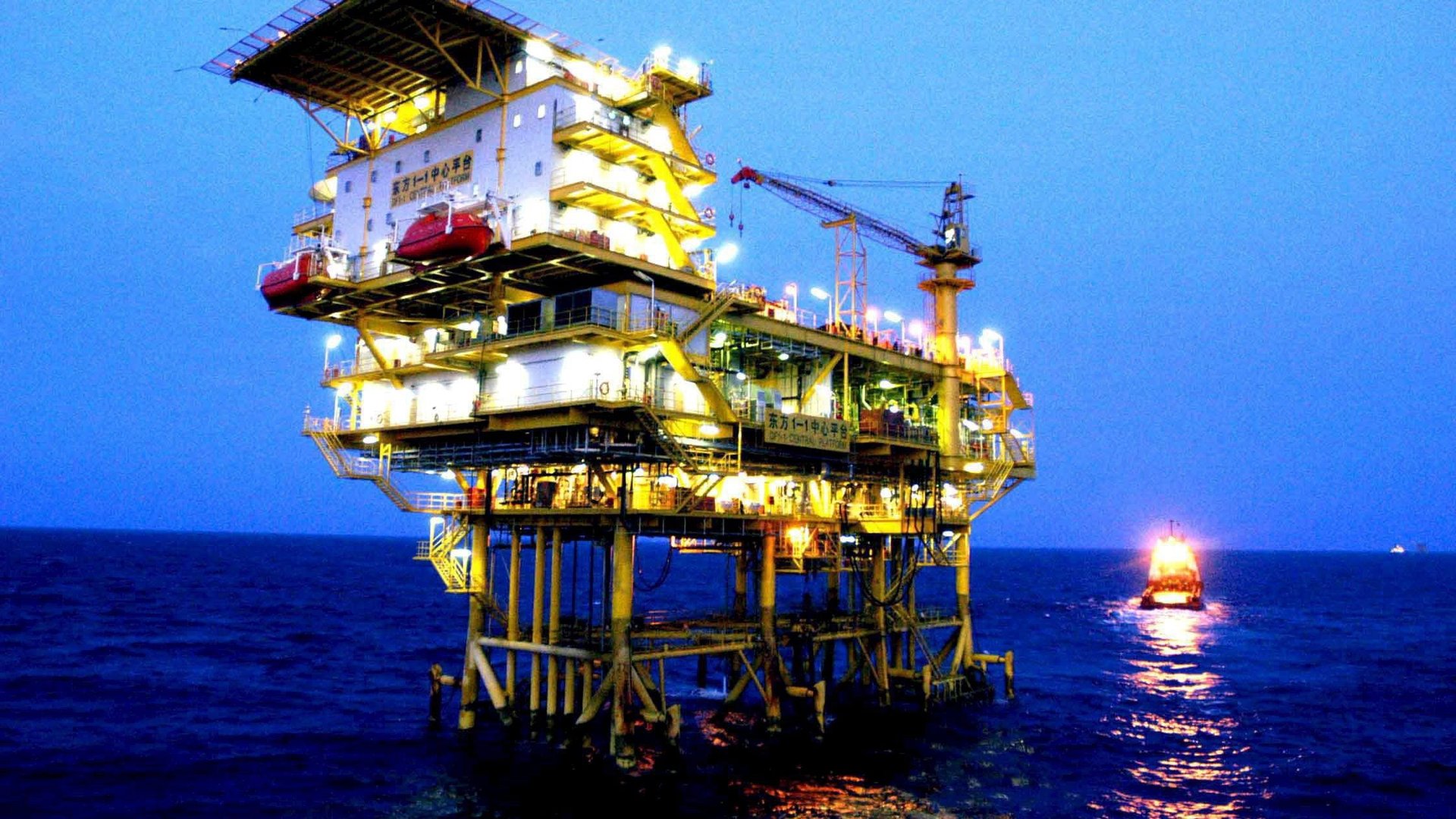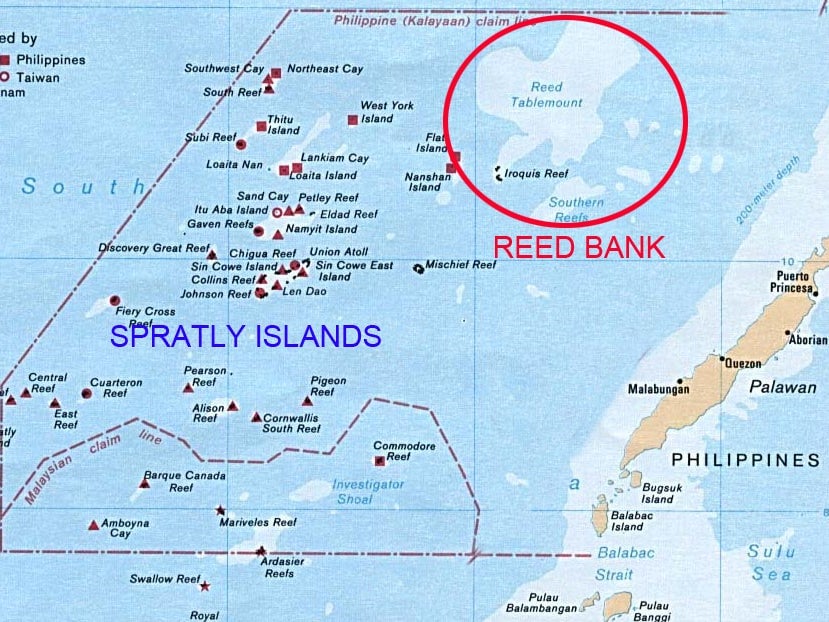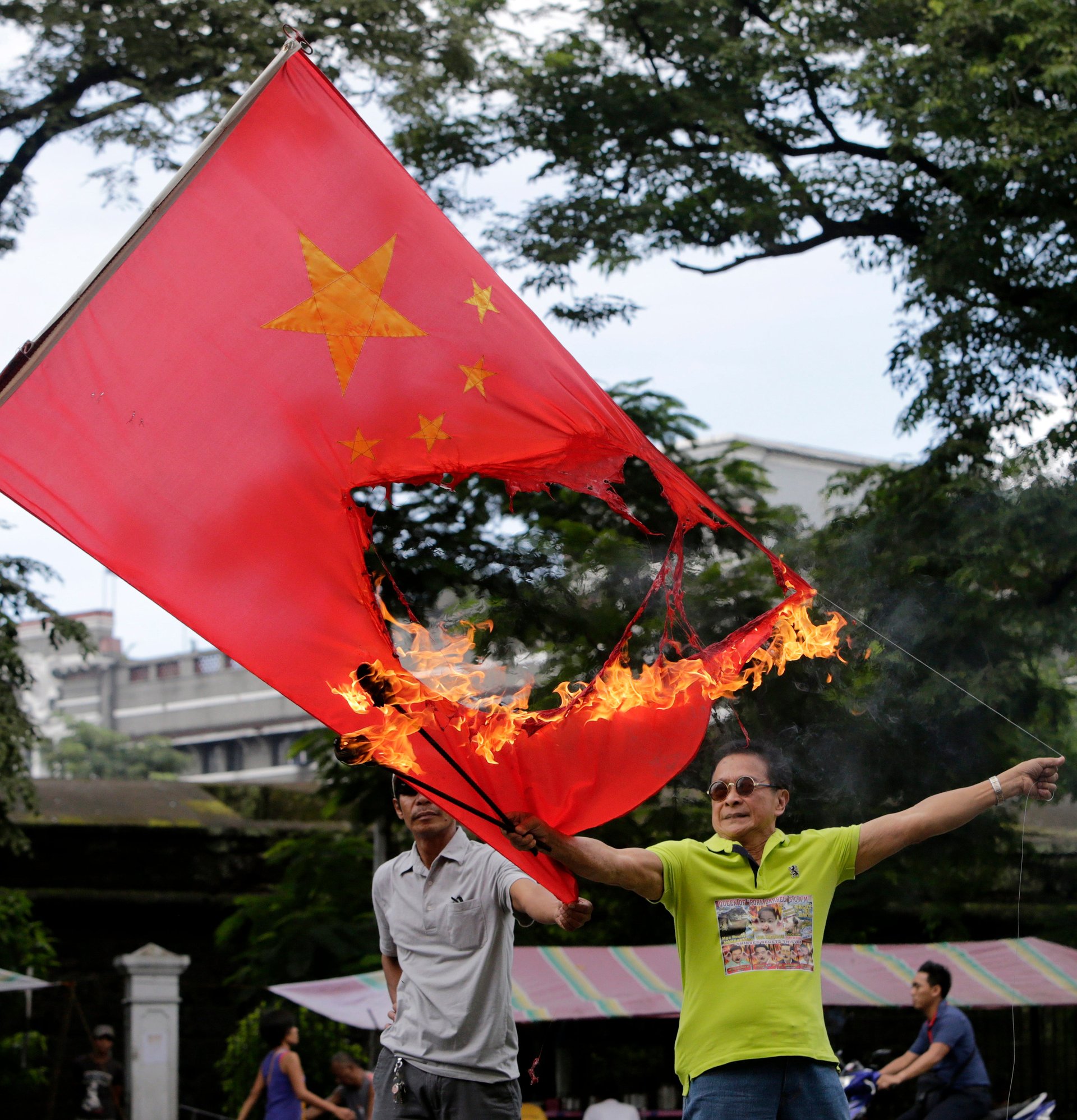China is about to win “joint exploration” of an energy sweet spot reserved for the Philippines
Beijing continues to get its way in the South China Sea. Philippines president Rodrigo Duterte is visiting the Chinese capital this week—accompanied by hundreds of members of the business elite—in hopes of landing development deals.


Beijing continues to get its way in the South China Sea. Philippines president Rodrigo Duterte is visiting the Chinese capital this week—accompanied by hundreds of members of the business elite—in hopes of landing development deals.
For China, one of the sea’s key prizes is Reed Bank, a tablemount (an underwater mountain) near the Philippine coast rich in untapped oil and gas deposits. China wants an agreement on joint energy exploration, and according to the Philippine newspaper the Inquirer, the two sides look set to reach one thanks to this week’s meetings. Such an agreement could be a way to sidestep sensitive sovereignty issues for now while also serving as a prelude to energy-development deals.

Reed Bank clearly falls within the exclusive economic zone (EEZ) of the Philippines, which means the country should have sole rights to the resource. That’s according to the rules of the United Nations Convention on the Law of the Sea (UNCLOS).
In reality, China has stopped Philippine attempts to explore Reed Bank on its own, saying the tablemount falls within the nine-dash line that Beijing uses to mark its territory in the South China Sea. An international tribunal invalidated that line in a ruling issued under UNCLOS in mid-July, but Beijing ignored the decision and has pressured others to do the same.

Two years ago, protestors in Manila burned Chinese flags in anger at China’s “sovereignty patrols” near Reed Bank, which it has used to prevent any energy exploration not involving its own companies.
Meanwhile the Philippines is worried about energy security, and running out of time. The Malampaya gas field, a key source of energy for the nation’s main island of Luzon (home to the capital, Manila), is due to run out in 10 years or so. It takes about six years to set up infrastructure for a new project.
“We will have rotating brownouts in Luzon if we don’t develop a replacement area, a substitute area, and that substitute area is really the Reed Bank,” Antonio Carpio, a senior judge, said on Oct. 14. Carpio noted that 80% of the Philippines’ EEZ in the South China Sea falls within China’s nine-dash line.
After the tribunal ruled strongly in the Philippines’ favor on its claim to Reed Bank in mid-July, celebrations swept the Philippines, and the hashtag #Chexit—for “China” and “exit”—erupted on social media. But the administration that had opened the case with the tribunal in 2013 was the predecessor to Duterte’s. By the time of the ruling, Duterte was in power, and since taking office he’s led the Philippines in what political scientist Richard Javad Heydarian has called a “180-degree shift”, aligning himself much more closely with China and against the West. For Beijing, that shift is working out quite well so far.